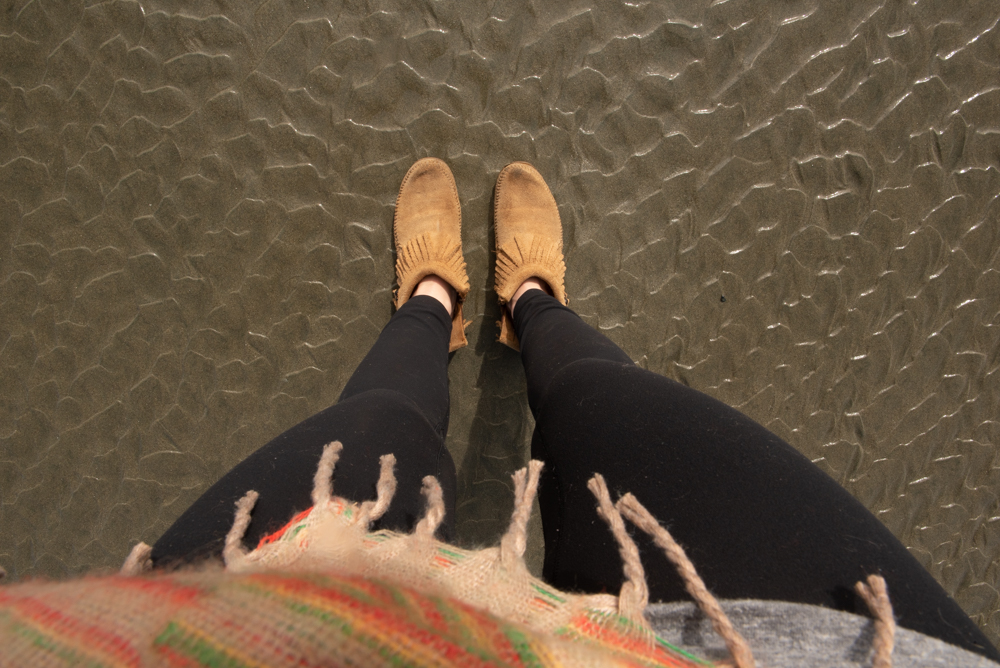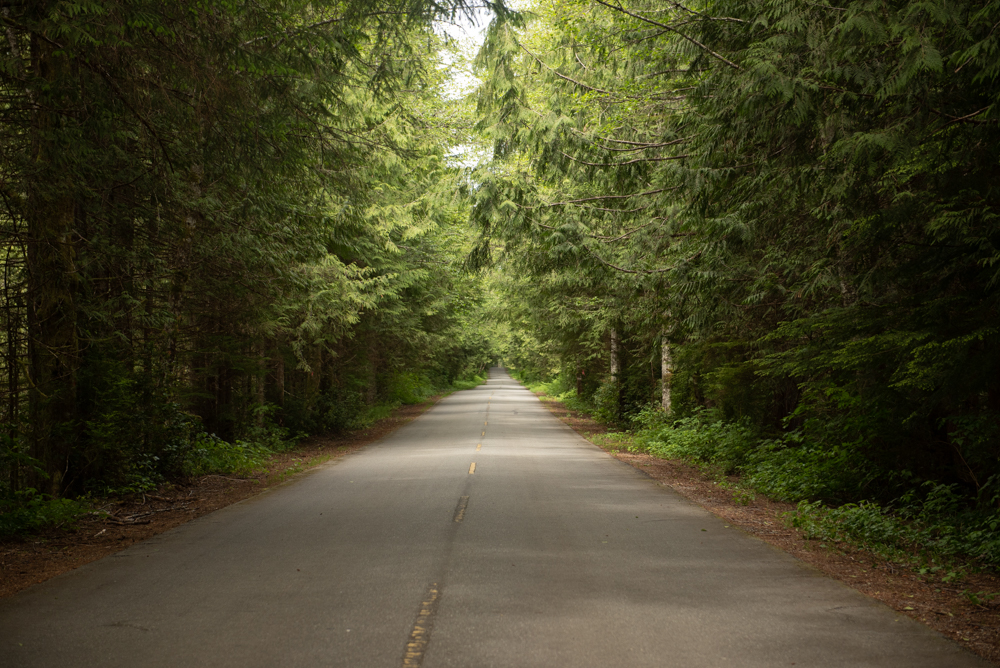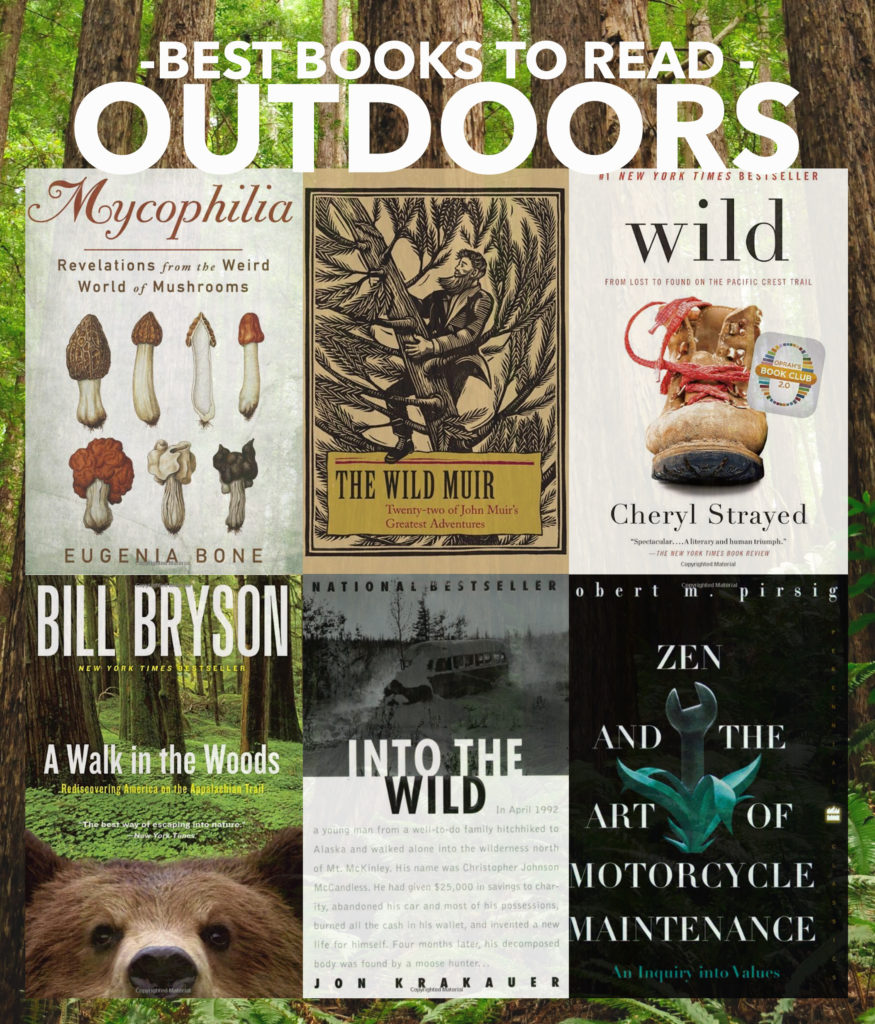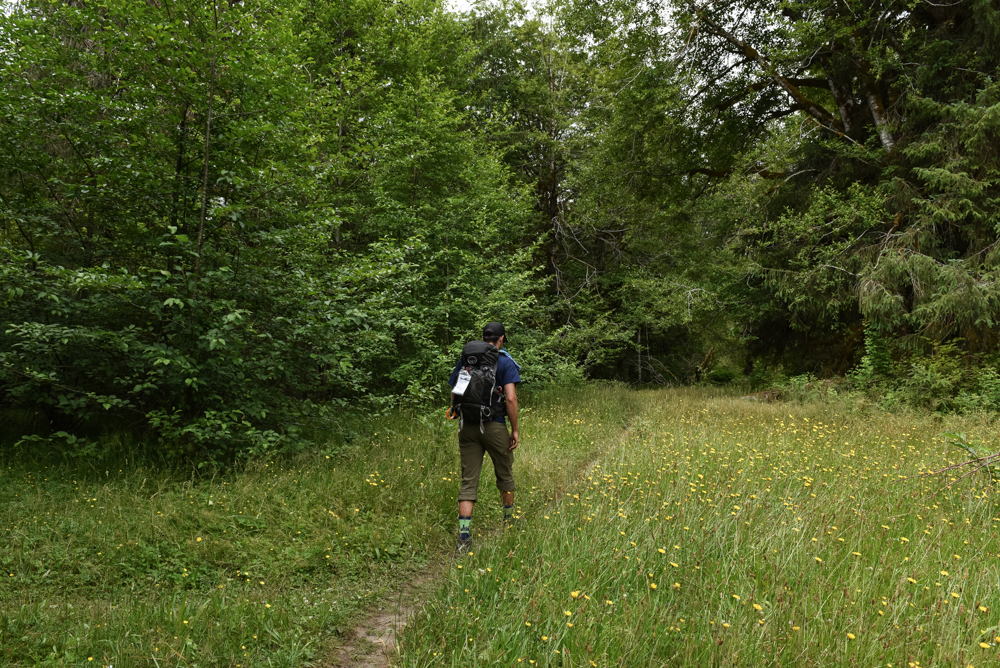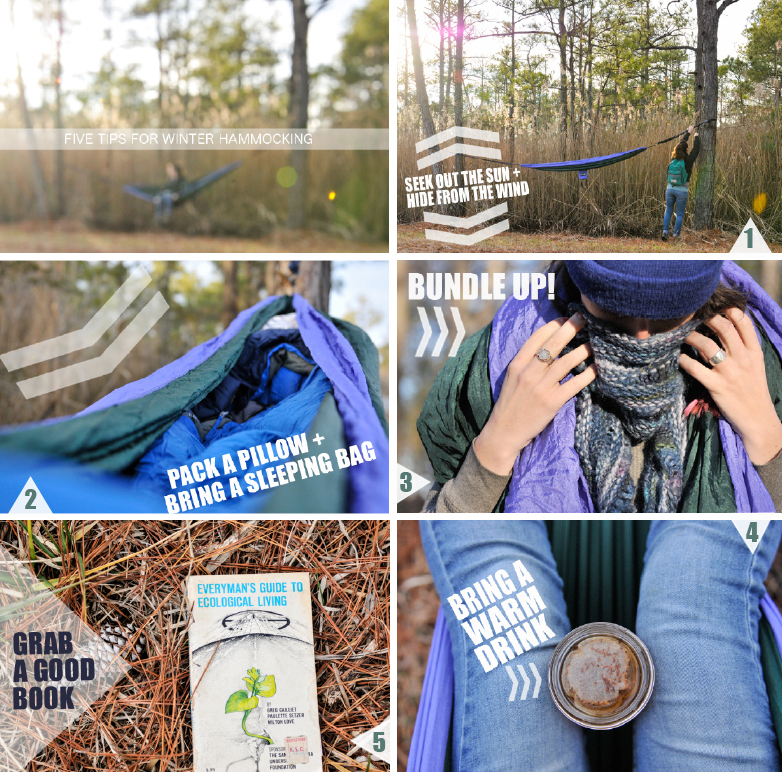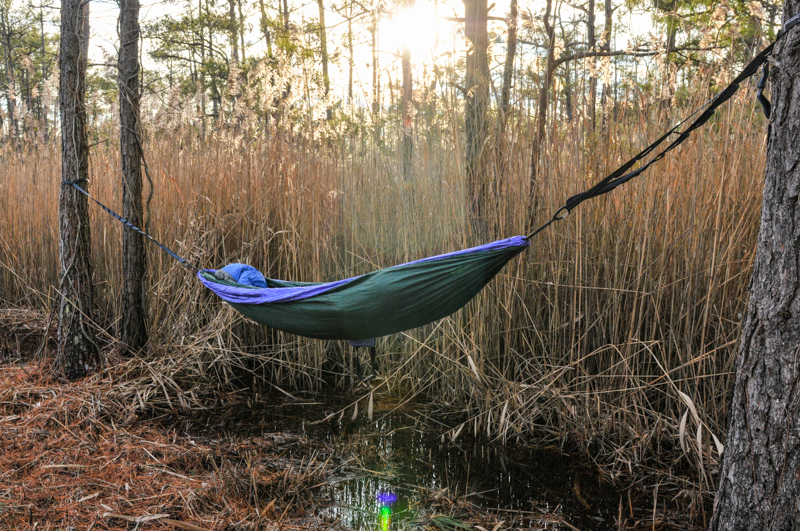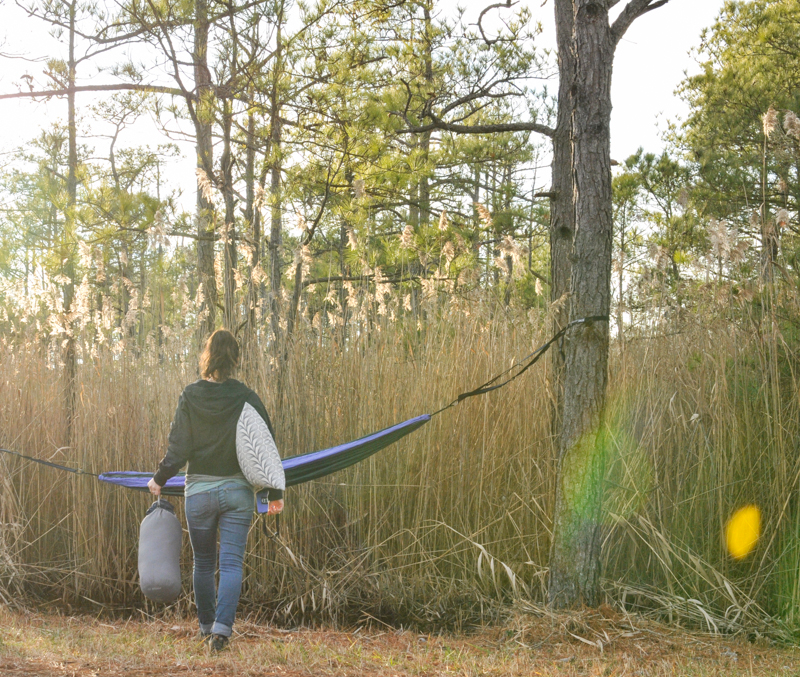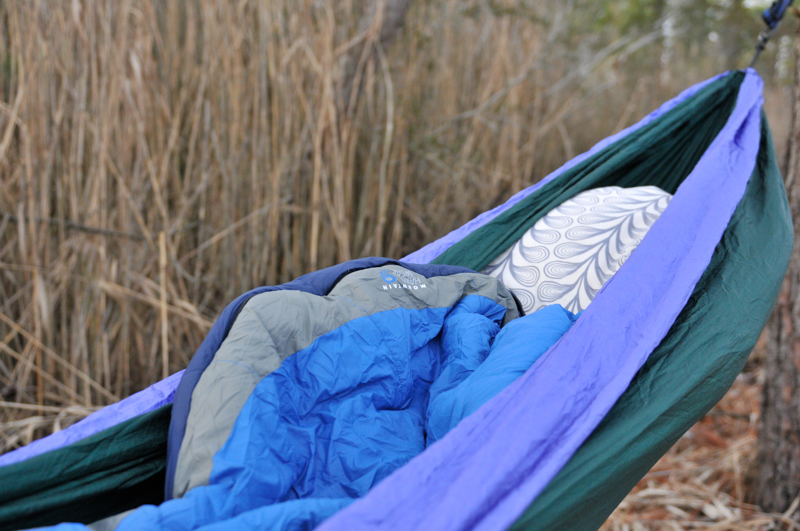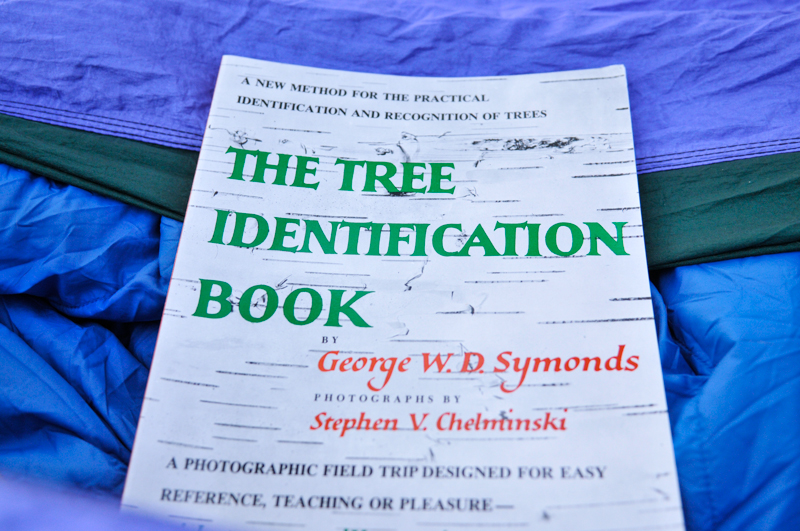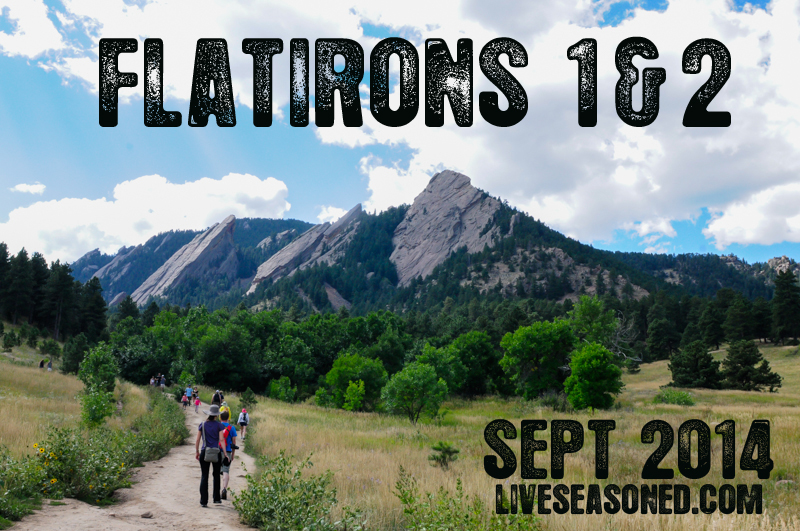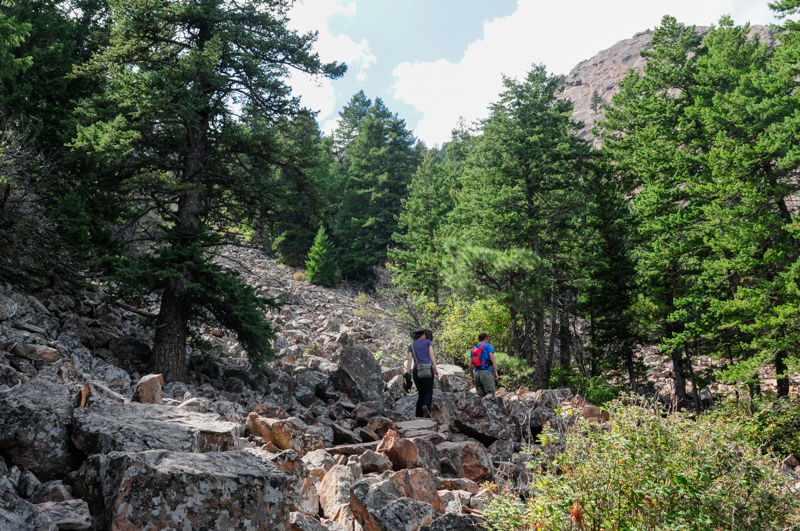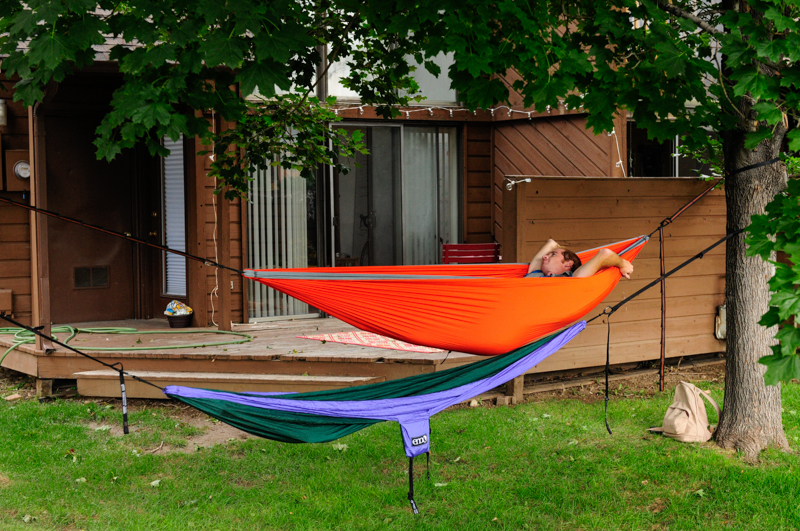*As the corona virus is pushing us to stay home, it doesn’t mean that it has to keep us inside! We’re re-publishing this post with the hopes that you’ll take care of your mental and physical health by finding moments to get outside.
Recently Katie shared a great post encouraging you to Get Outside! In it, she included a bunch of tips for heading out the door and after reading it, I wanted to focus on the first one: Take it easy. You don’t need an epic adventure to reap the benefits of nature. This is so true and something that’s often forgotten.
Getting outside is as simple as leaving the four walls that confine you. That’s it. Step out into the light.
I know I know this, that we all know this, but I think it was made even more clear to me while attending Adventure Fridays at Townsend Bertram & Co last week. On the third Friday of every month, TB&C invites the community to a free event to listen to an adventurous speaker and drink free beer from Steel String Brewery. The community gathers, gains inspiration, and then chats for a bit before parting ways.
Last week’s message was about the therapeutic nature of the outdoors. How nature heals us, makes us happier, and healthier humans. That was actually the main focus of my July Crafting Ritual and Cultivating Mindfulness Retreat. I was excited to go and learn from these ladies and to share my own experiences. When I arrived, I was delighted to see that the event was being held on the back deck of the shop instead of inside. This simple shift caused the whole crew of 20-30 people to spend two hours outside that otherwise would have been spent inside. I even came home with a few simple tips for spending even more time outside.
Spend More Minutes Outside:
- Eat breakfast, drink coffee or tea outside each morning
- Make phone calls outdoors
- Pay bills outside
- Fold laundry on your porch
- Hang up a hammock or set up a chill spot outside
- Invest in an outdoor hobby that doesn’t require much like hiking, biking, disk golf, etc
- Set up an outdoor play spot (for kids this could be as simple as a rock pit, for adults as easy as a basketball hoop or disk golf hole)
- Treat your dog walk as your own walk instead of a chore
- Read outside whether it’s the newspaper, your kid’s report card, or your novel
- Walk to get your mail instead of picking it up out of your car window
- Walk to the coffee shop, post office, or any errands that are nearby
- Eat outdoors – whether it’s at home or at a restaurant
- Make it a family thing, maybe you walk around the block every evening before bedtime
- Commute outdoors, even if it’s once a week, you could cycle or walk every Wednesday
- Schedule outdoor time, sometimes all it takes is holding ourselves accountable
- Don’t hesitate to visit the same trail you’ve hiked a hundred times, you haven’t seen it on this day at this hour
- End your evening with wine, beer, or a smoke on your stoop
- Shower outside (better start working on that outdoor shower 😉 )
- Sleep on a sleeping porch (okay, this one also requires you to have a sleeping porch, but man I want one!)
These ideas may seem simple and yet how often do we act on them? Just yesterday, I decided to make some calls while sitting out on my stoop. Normally, I would dread calling AAA and the mechanic and my cell phone company, but as I sat outside I was able to hear the bugs and the birds, watch a silly squirrel shoving way too many nuts in its mouth, and meet a new neighbor and dog. All of which wouldn’t have happened if I didn’t pop out to make the calls. Think of all the magical little moments you’re missing when you’re doing the mundane inside? Take it outdoors!

